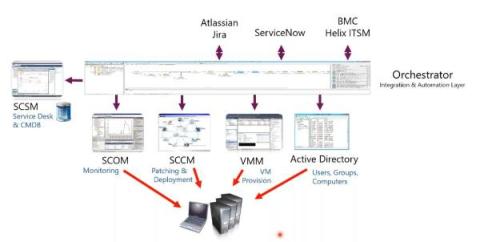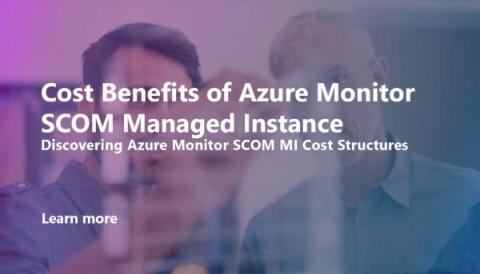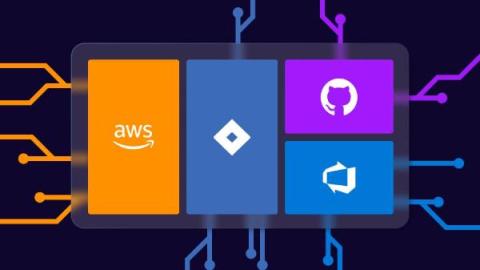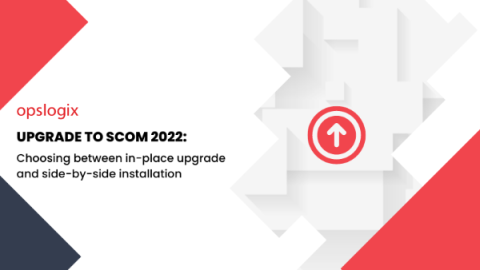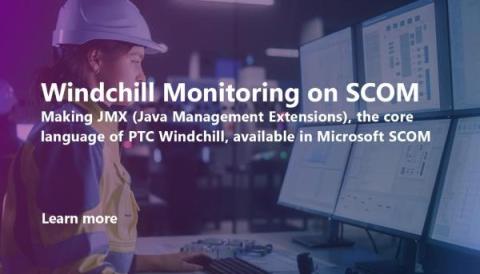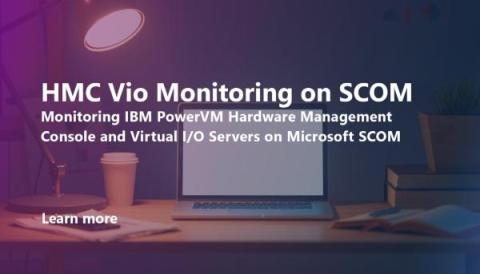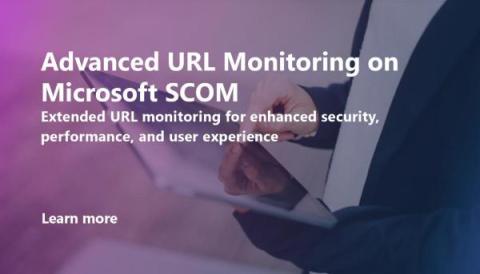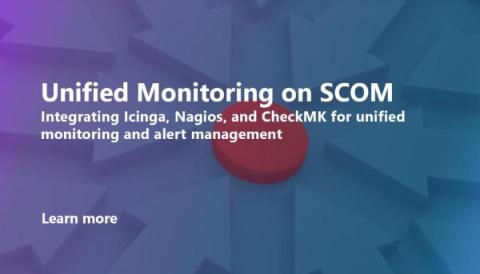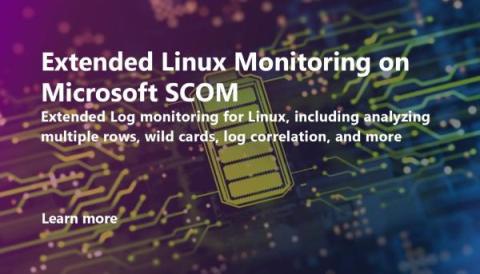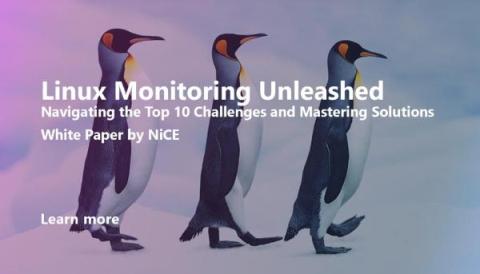Microsoft System Center Infrastructure Monitoring and Automation in Action
The IT landscape is currently evolving faster than ever before, and the move to cloud-based solutions has emerged as a game-changer for businesses looking to future proof their infrastructure. However, the move to cloud solutions is not always straightforward and comes with challenges due to changes in management access.


